Four things to ‘bear in mind’ when chasing an Arkansas bruin
ON 09-11-2024
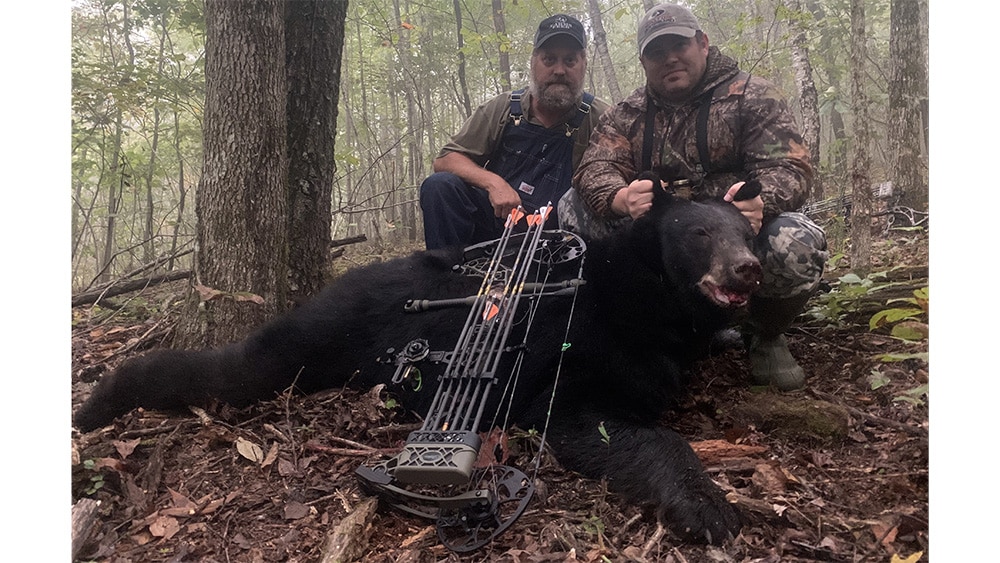
LITTLE ROCK — Bear hunters have few changes to worry about going into the 2024 bear season, with the most substantial difference being the elimination of shooting bears wearing telemetry collars. Here are a few things to remember as you prepare for Arkansas’s bear archery season opening day on Sept. 18.
Necklace No-No
It is once again illegal to harvest any bear that is wearing a radio telemetry collar. At 2 inches wide, the leather collars are obvious when in the field, and with nearly all bear hunters harvesting their bear within archery range, there’s no mistaking a collared bear for one with no neckwear. This change actually is a reinstatement of a former regulation.
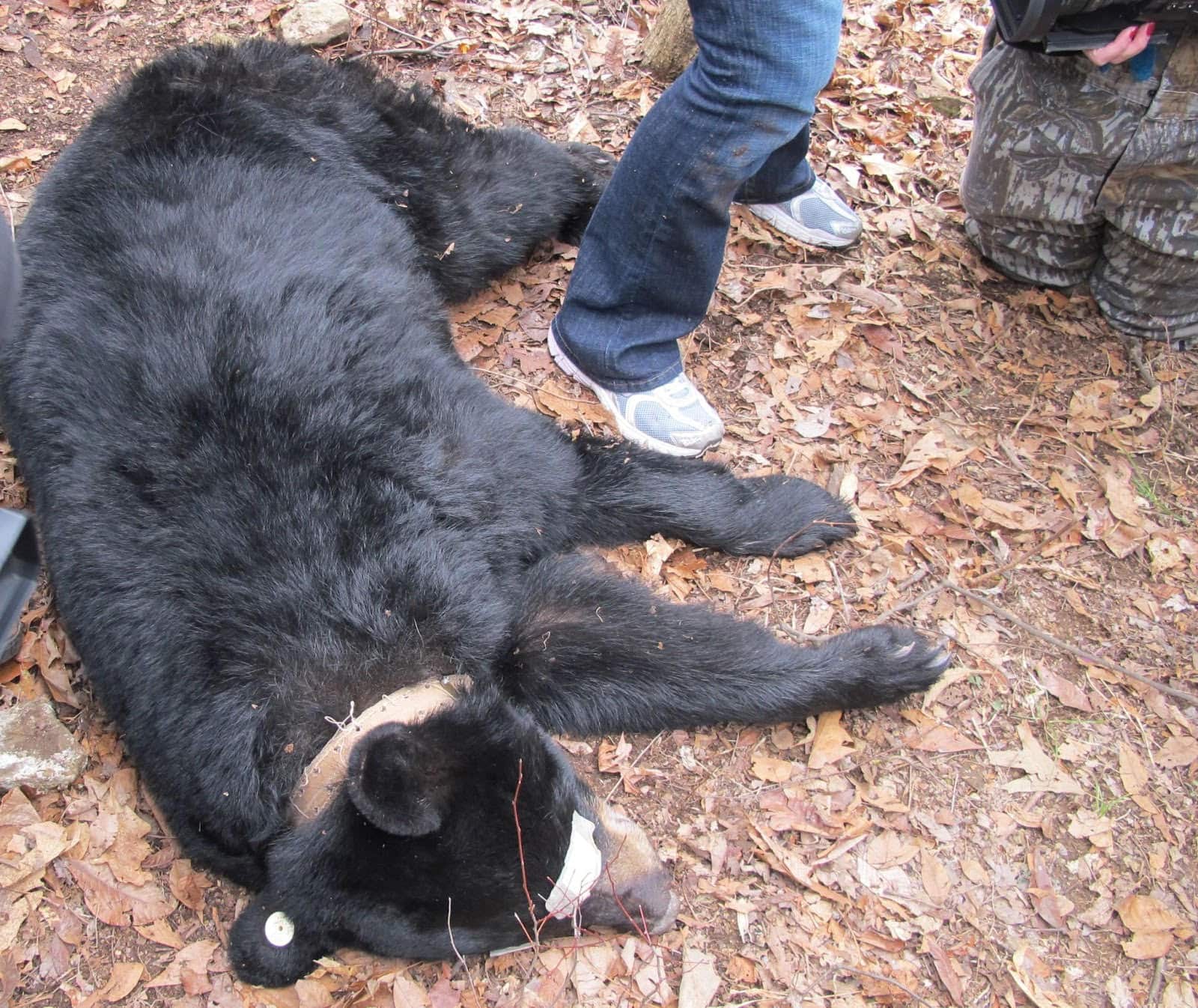
During the last two years, the AGFC has gathered baseline data on how hunting influences bear populations in newly opened areas. Arkansas held its first modern-day bear hunt in Bear Zones 3 and 4 during the 2022 hunting season, and information about harvest needed to be unbiased. Since protecting bears with collars introduced bias into the harvest, the restriction against taking a collared bear was lifted for those two years.
“We have a lot of time and taxpayer dollars invested in every bear that we collar,” Stacey Clark, assistant chief of wildlife management for the AGFC, said. “The trapping process can take days, and the information we gain through winter bear den health checks is invaluable in managing the species. We also want to make sure we do what we can to protect the female bears, as they are your producers of the next generation of bear cubs. Since all bears outfitted with radio collars are female, protecting them falls in line with our management strategies.”
Most collared bears also have an ear tag to help identify them, but many other bears sport ear tags without wearing a collar. These bears were nuisance bears that found their way into people’s back yards and had to be relocated. As long as they don’t have the collar, the bear is legal to harvest.
Get a Permit
Both residents and nonresidents must have a bear permit in addition to a valid license for big game to hunt and check a bear in Arkansas. Resident bear hunters will need a Sportsman’s License (license code RS or CS) as well as a free Resident Bear Permit (RBT). Nonresidents must purchase a Nonresident Bear Permit (NRB), which costs $300 and must have a valid Nonresident Annual All Game Hunting License (NBG) for an additional $410. Both resident and nonresident hunters under 16 years old do not need a license to hunt, but they do need the proper youth bear permit. The Youth Resident Bear Permit (YBT) and Youth Nonresident Bear Permit (YBTN) must be obtained before pursuing a bear. Both of these permits are free.
All bear permits are available through the AGFC’s new license system online, through license vendors and through the AGFC’s mobile app.
Bear permits were introduced last year to better evaluate hunter participation and success throughout the state.
“Each year we know how many bears are checked in, but without permit data, we don’t know exactly how many hunters are attempting to harvest a bear,” Clark said. “These permits will help us in that regard. The only thing we ask is that hunters only obtain these permits if they intend to harvest a bear. That way our numbers are as accurate as possible to best manage the resource.”
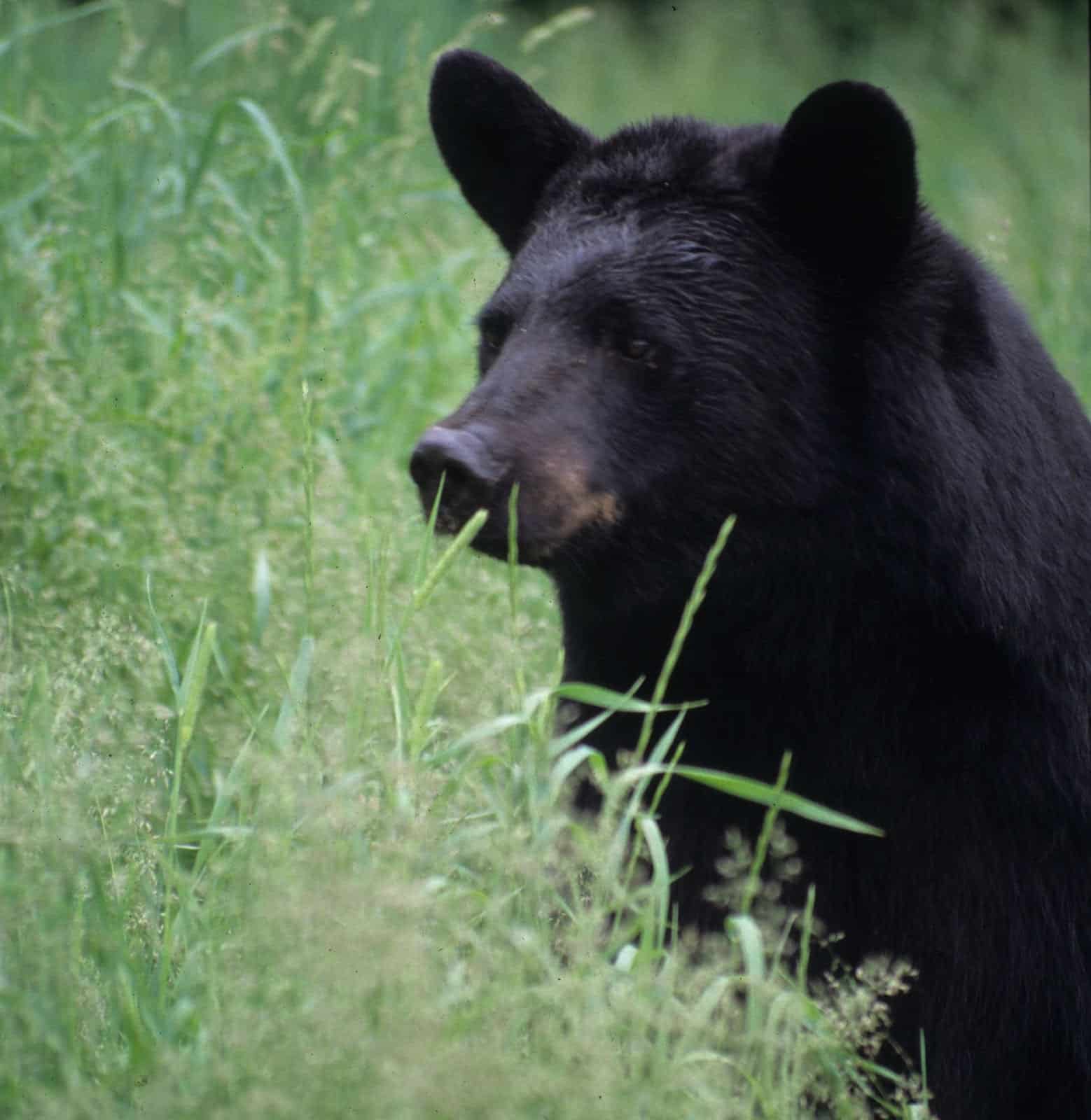
Pulling Teeth (and Hair)
Successful hunters must submit a premolar tooth from the bear they harvest as part of the checking process. This isn’t a new requirement, but it is often overlooked during the excitement of tagging a bear.
When a hunter initially checks their bear, they will receive a packet in the mail from the AGFC within a few days. They will have seven days from the arrival of that packet to pull and return a premolar tooth to the AGFC. The tooth enables biologists to age the bear and match it up with data collected during the checking process.
Clark says the easiest time to pull the tooth is immediately after harvest.
The tooth packet also will include a separate envelope for a hair sample. While this is voluntary, it takes only seconds to collect. Hair samples should be pulled from the bear’s hide, not cut, as the hair follicles are the portion of the sample most needed.
“The hair sample is for genetic analysis, and the DNA is gathered from the follicle portion of the hairs,” Clark said.
An instructional video on how to collect these samples is available at the AGFC YouTube Page.
Who Likes Liver?
In addition to tooth and hair samples collected from harvested bears, the AGFC is asking hunters who take a bear this season to contribute to ongoing research concerning the presence of pesticides and other chemicals that may be present in portions of Arkansas and their effects on the bear population in The Natural State. Anyone willing to participate can drop off a section of the bear’s liver to one of the AGFC’s chronic wasting disease drop-off locations for testing.
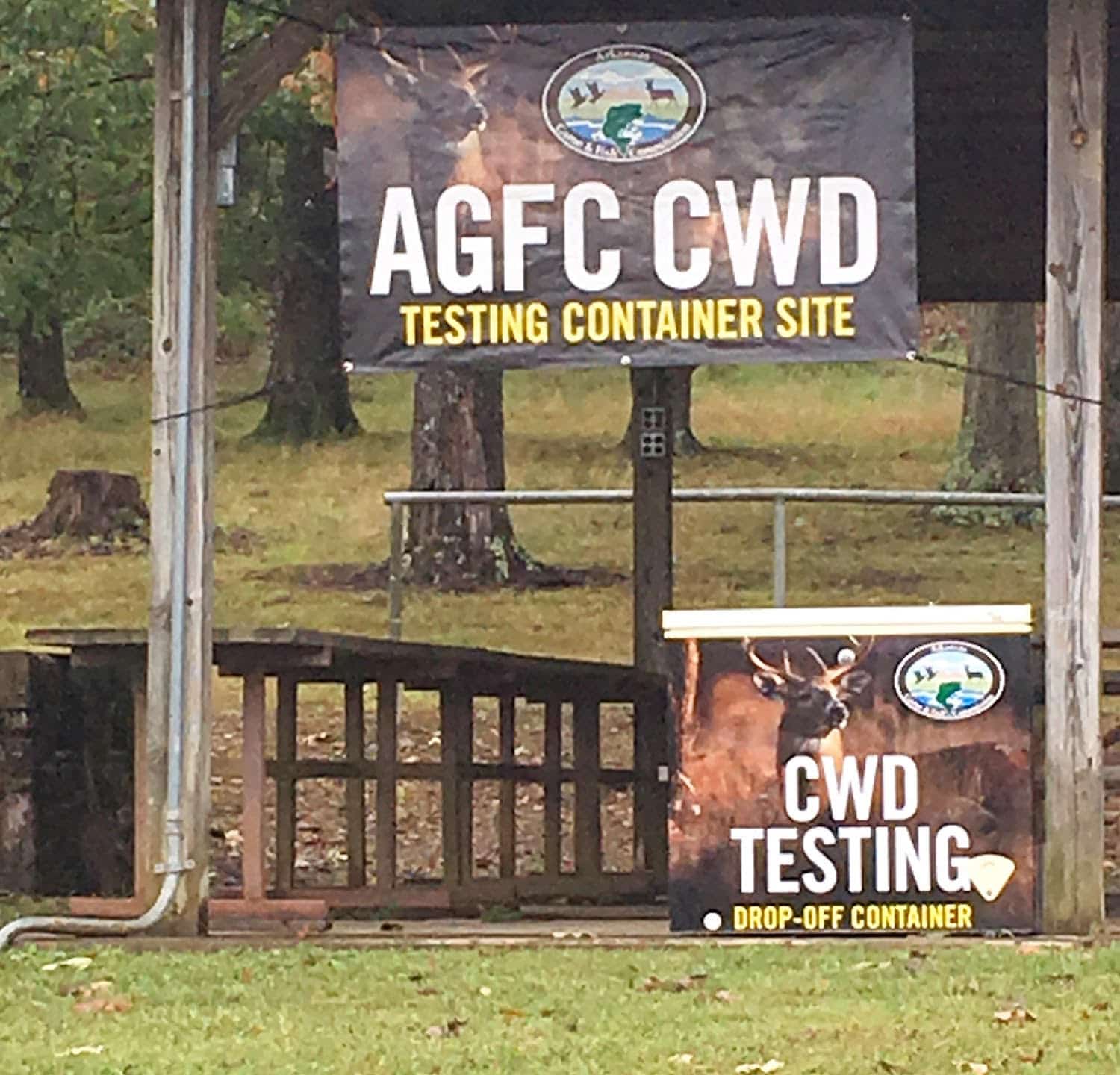
The locations of all CWD containers are available and updated at www.agfc.com/CWD.
“We only need a sample about the size of a baseball,” Clark said. “Just place it in aluminum foil and take it to one of those freezers. They can add their information to one of the CWD tags and we can process it from there.”
In addition to liver samples, any hunter who shoots a bear that has signs of mange should call the AGFC’s Wildlife Hotline to report the incident.
“The hotline is answered 24/7 and the operator will be able to put you in touch with one of our local bear biologists,” Clark said. “They can pull a sample or instruct you how to do so if you’re comfortable with that process.”
Visit www.agfc.com/bear for more information on bears and bear hunting in Arkansas.
####
CUTLINES:
FOUR BEARS
The 2024 Arkansas bear season opens Sept. 18 in Bear Zones 1 and 2 with archery hunting only. Visit www.agfc.com/bear for complete season details.
COLLARED BEAR
Bears wearing large leather collars are illegal to shoot. These are research bears used to help monitor the population.
BEAR IN FIELD
Arkansas bear hunters must have a bear permit in their possession in addition to their hunting license.
CWD TESTING STATION
Hunters wishing to submit a sample of their harvested bear’s liver may do so at one of the AGFC’s CWD testing location freezers.
Recent News
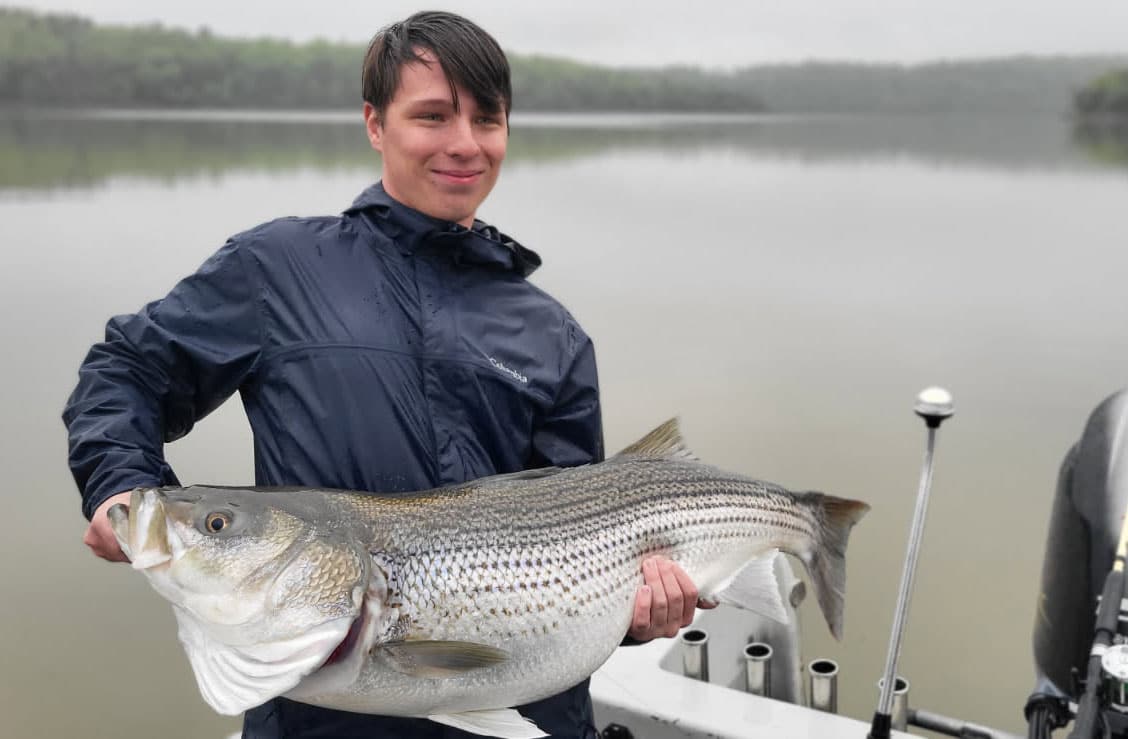
Arkansas Wildlife Weekly Fishing Report
Apr. 24, 2025
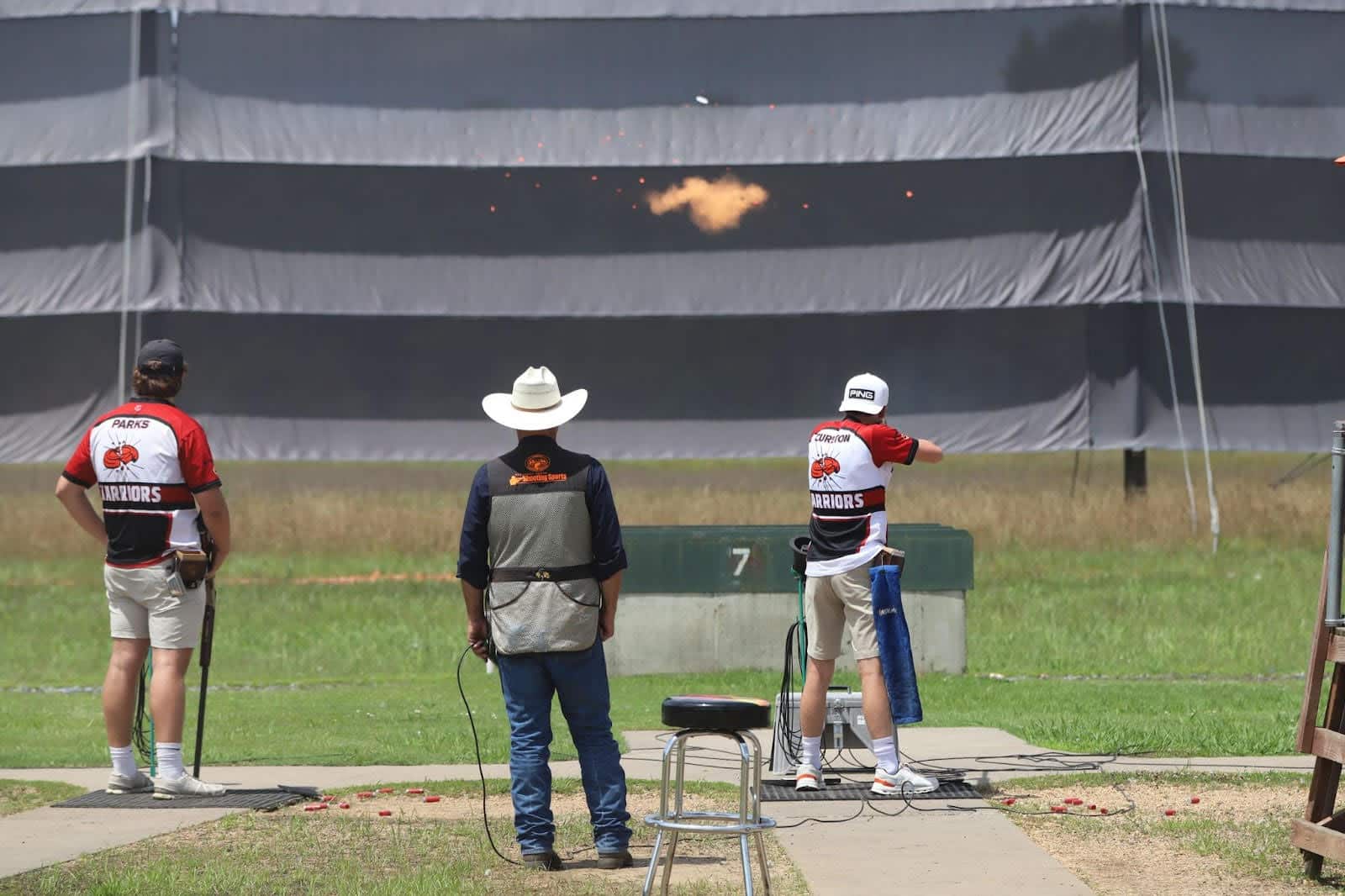
Contenders take aim as shooting sports regionals begin
Apr. 23, 2025
Subscribe to Our Weekly Newsletter E-mails
Don’t miss another issue. Sign up now to receive the AGFC Wildlife Weekly Newsletter in your mailbox every Wednesday afternoon (Waterfowl Reports are published weekly during waterfowl season and periodically outside the season). Fishing Reports arrive on Thursdays. Fill in the following fields and hit submit. Thanks, and welcome!
